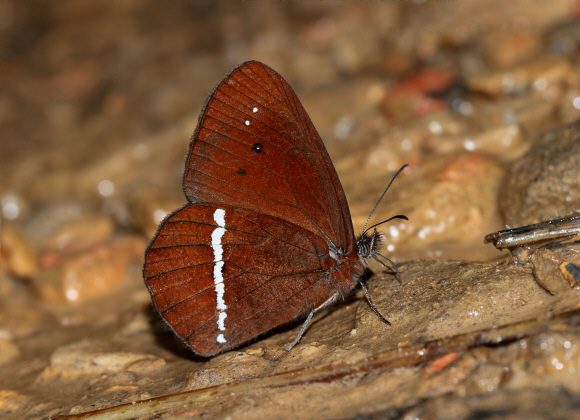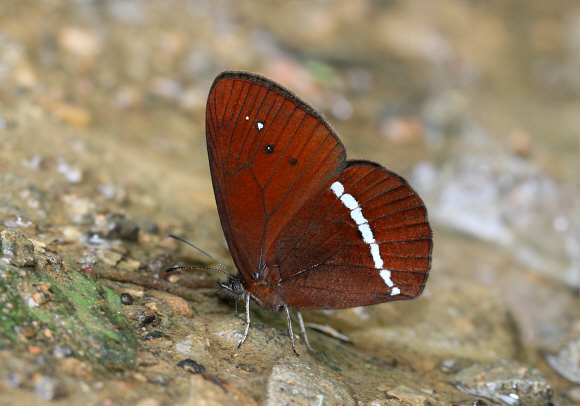
Introduction
There are 1100 known species of Satyrinae in the neotropical region. About 570 of these are placed in the subtribe Pronophilina – a diverse group of high altitude cloudforest butterflies, all of which are confined to the neotropical region. The vast majority are found only in the Andes, but 4 species are known from the Atlantic cloudforests of Brazil, and there are a further 6 species that are endemic to Guatemala, Costa Rica or Mexico. More oddly there is one genus Calisto that is found exclusively on the Caribbean islands of Cuba and Hispaniola.
The genus Lymanopoda is comprised of 57 small species. Many have small white spots arranged in a characteristic undulating line across the wings. In some species such as labda and lebbaea there are beautiful marbled white markings on the underside hindwings. This species belongs to a small subgroup within the genus Lymanopoda, which differ from the majority in being slightly larger, and with more rounded wings, but most notably by the presence of a series of large and prominent pure white spots which run in a slightly undulating line across the under surface of both wings. This sub-group includes apulia, albomaculata, albocincta and affineola.
Lymanopoda albocincta occurs in Colombia and Ecuador.
Habitats
This is a cloudforest species, found at altitudes between about 1200-2400m.
Lifecycle
The lifecycle appears to be unrecorded. The following generalisations are applicable to the subtribe Pronophilina and probably also apply to Lymanopoda: The eggs are round, white or pale greenish white, and laid singly on the foodplants or on surrounding vegetation. The larvae are typically pale brown, marked along the back and sides with narrow dark stripes, and tapering towards each end. The head is large in proportion to the body and has two short forward-pointing horns. The tip of the abdomen is equipped with a pair of caudal prongs which are used to flick the frass away from the feeding area. The larvae of all known Pronophilina feed on Chusquea – a genus of bamboo which grows in thickets, mainly along the courses of streams.

Adult behaviour
Males are usually seen singly. They are usually seen in the company of Manerebia species, imbibing mineral-rich moisture from road surfaces or the edges of rocky streams.
